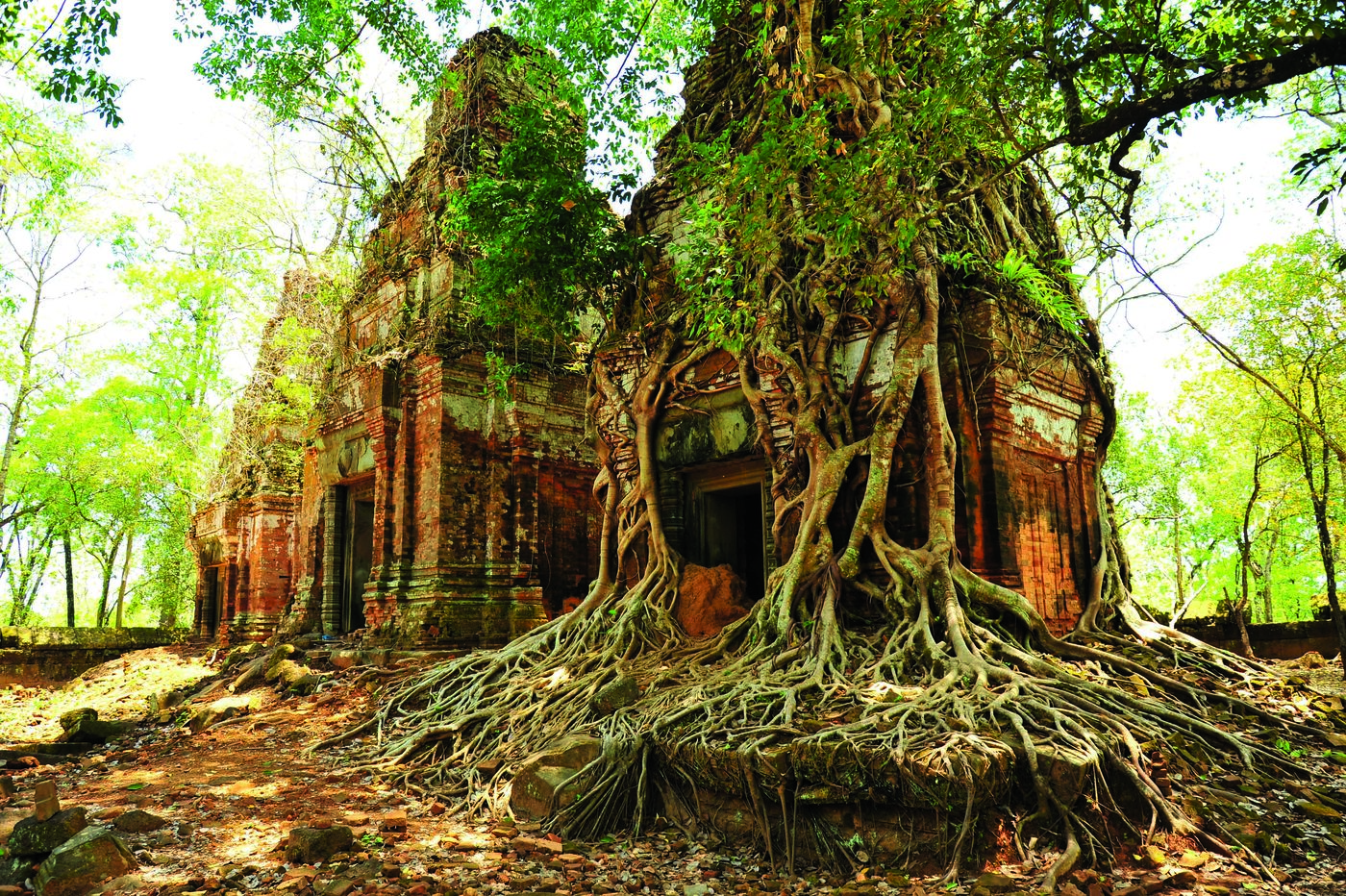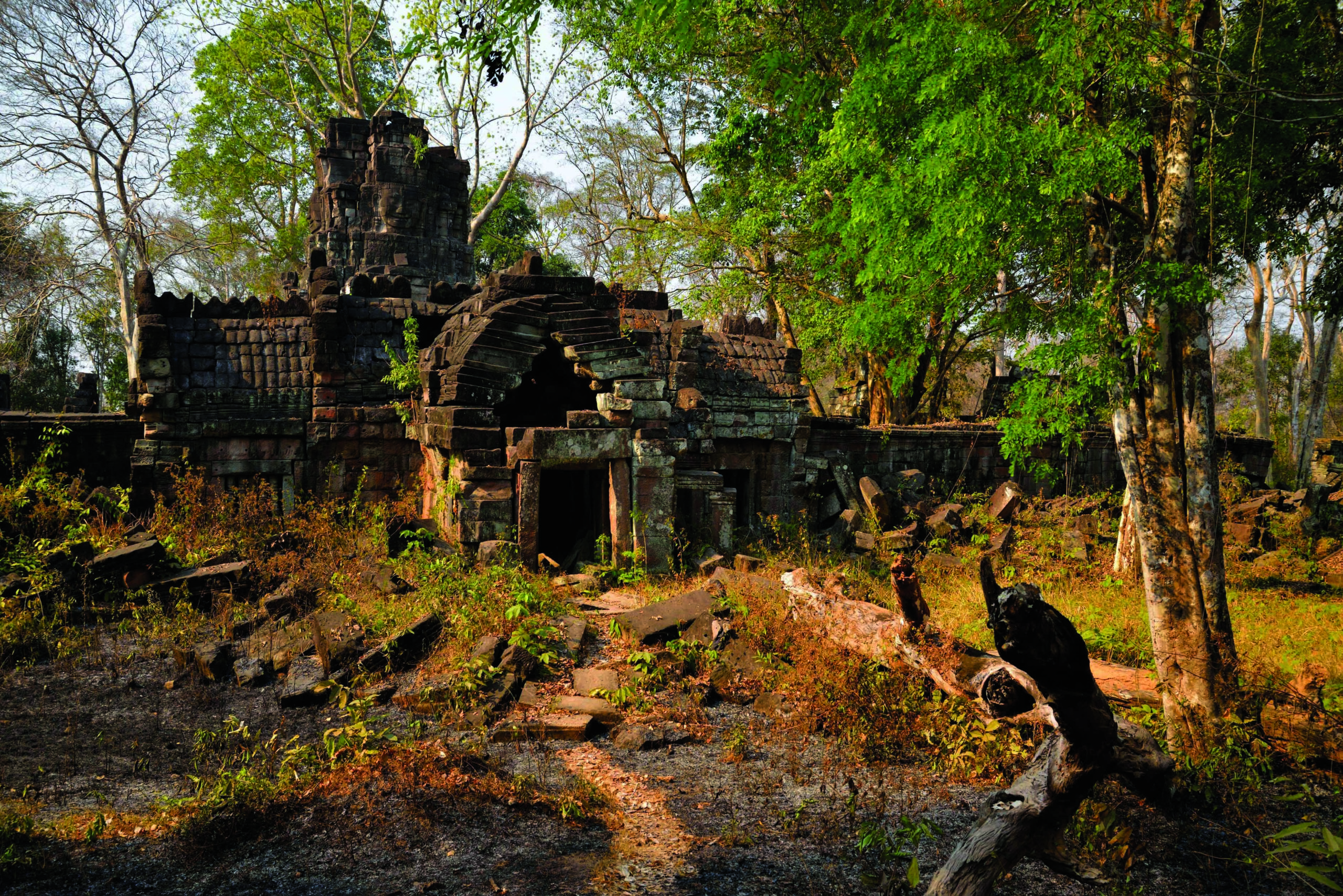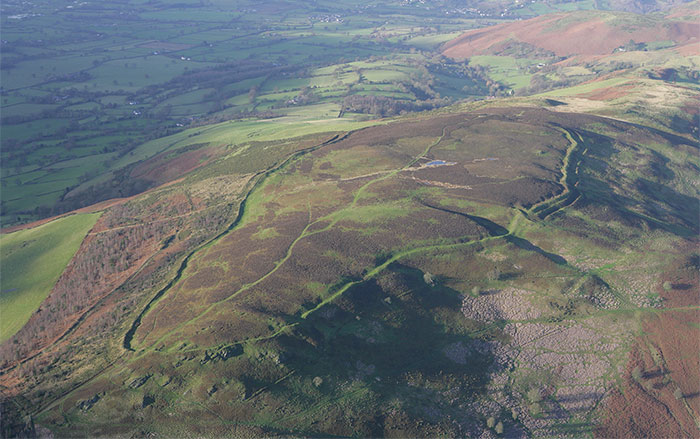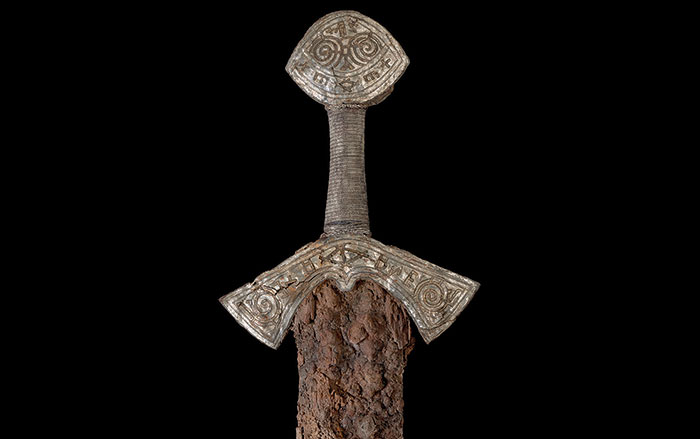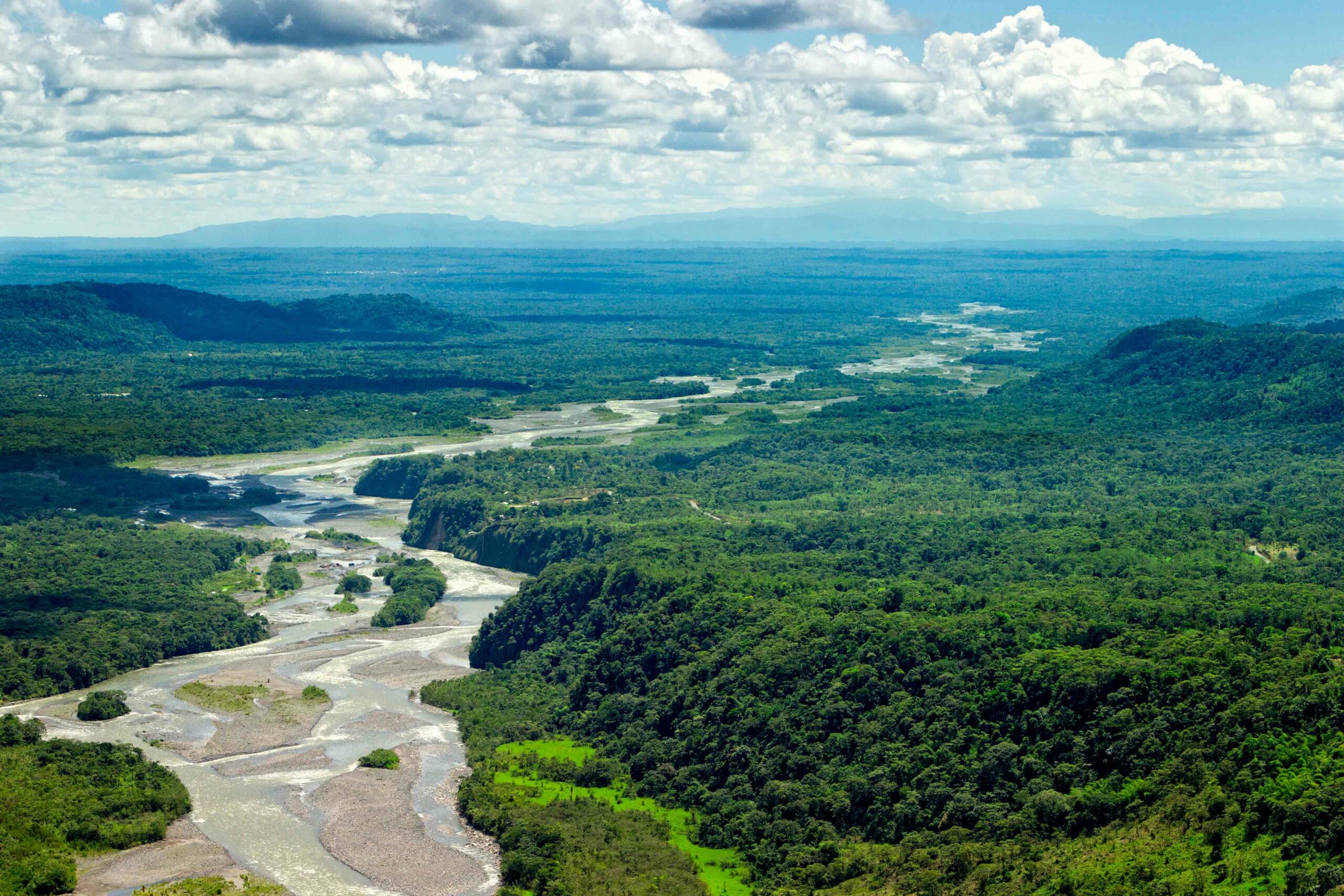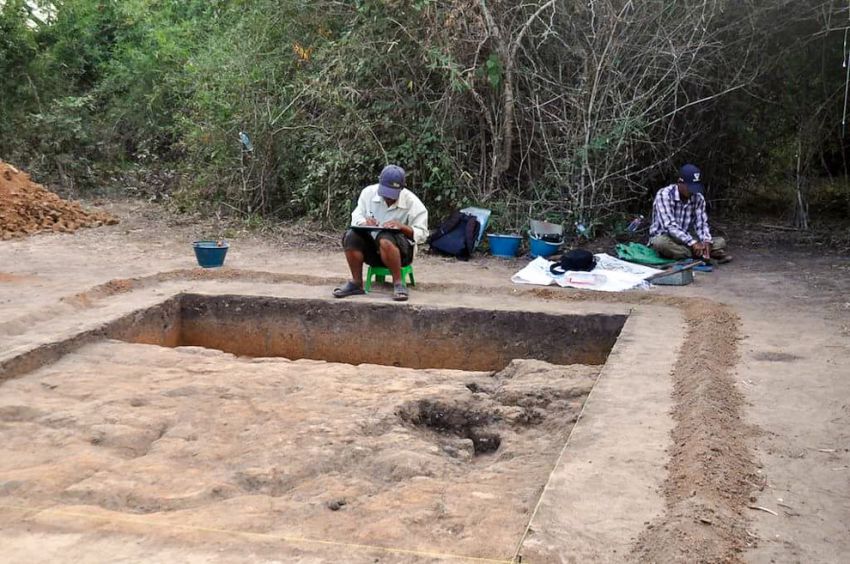
PHNOM PENH, CAMBODIA—After Angkor was sacked in 1431 by the Siamese, the city of Longvek became Cambodia’s capital for 200 years. That period is traditionally thought of as a “dark age,” but recent excavations at the site are dispelling that notion, reports the Phnom Penh Post. Archaeologists digging at the city’s palace have found porcelain from China and Japan, and have also discovered sturdy earthen fortifications and a bronze workshop. The findings suggest the city, which lies on the Mekong River with access to the sea, was likely an important trading center. “Archaeologists, historians, tourists and the general public—everyone tends to focus on Angkor’s golden age, and when you go to Angkor you can see the reason why,” says Flinders University archaeologist Martin Polkinghorne, a member of the international team. “But of course Cambodian history continued and was intimately tied to international trade.” For more on archaeology in the region, go to “Letter From Cambodia: Storied Landscape.”


